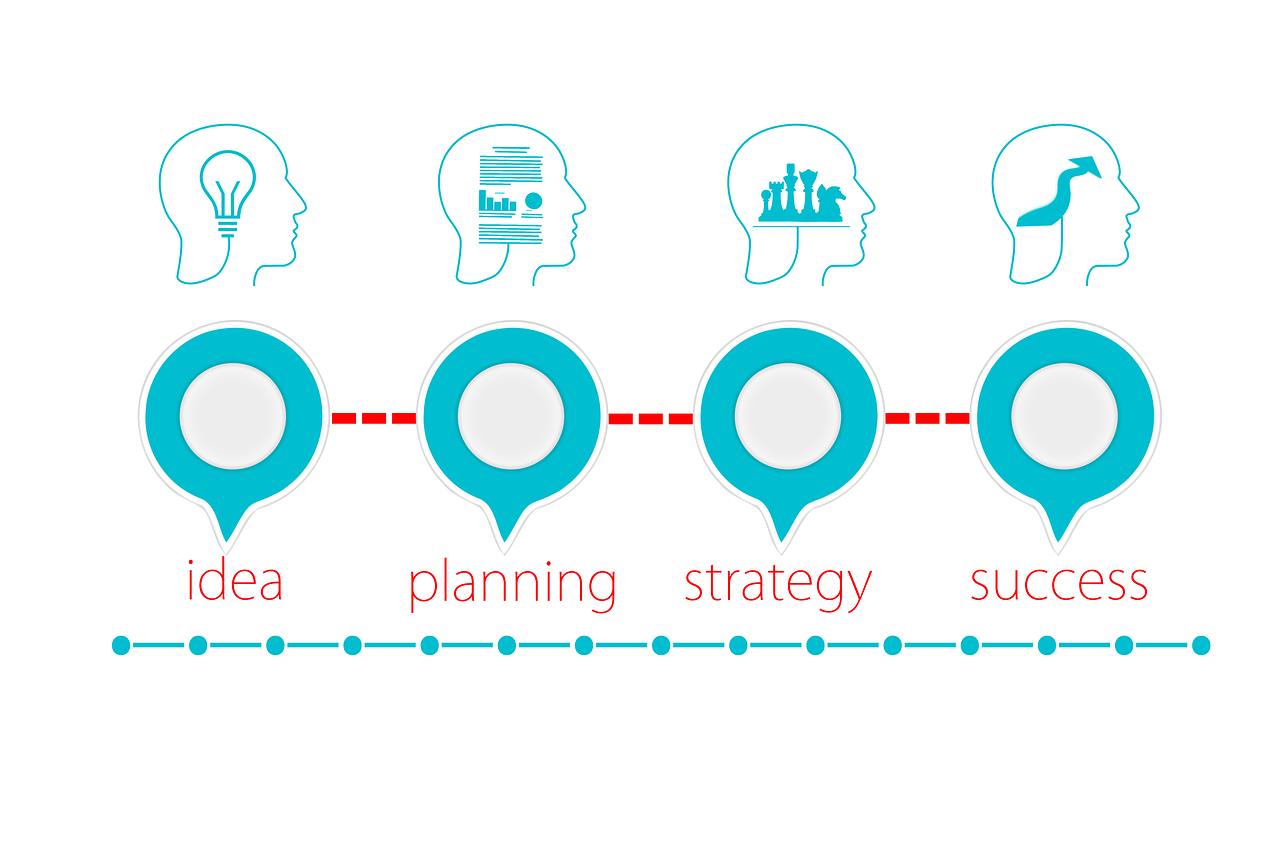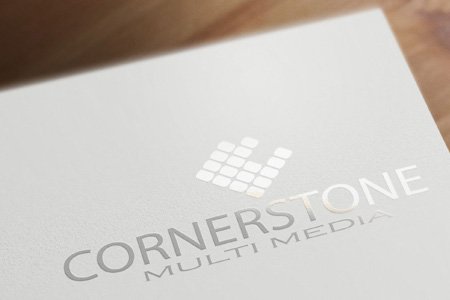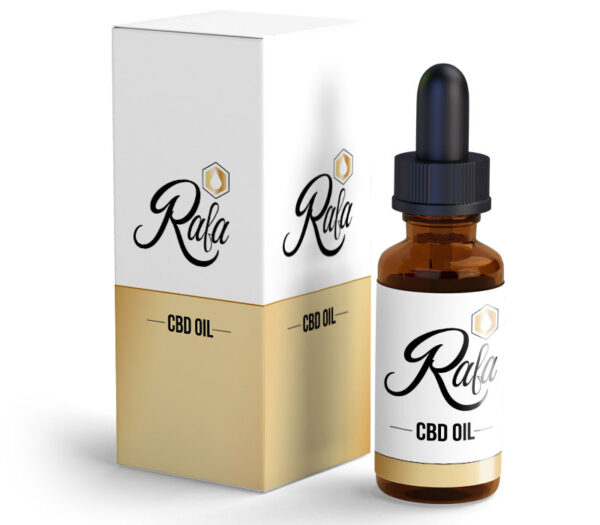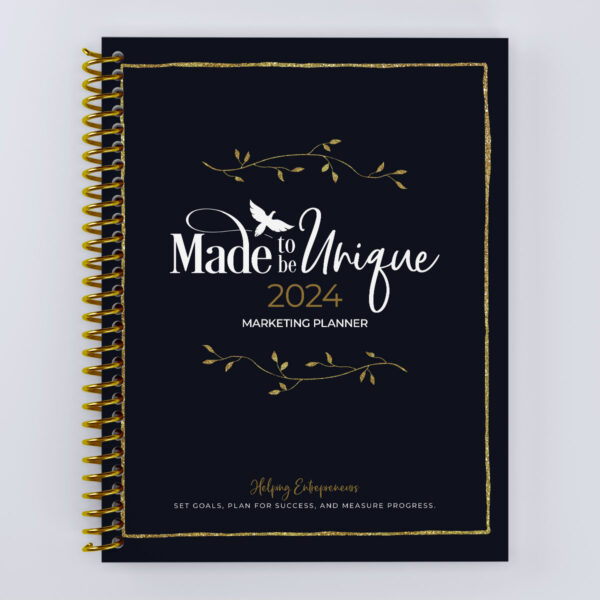
In the dynamic world of small business, where resources are often limited, determining the right budget for marketing is a crucial puzzle piece in achieving success. While there’s no one-size-fits-all solution, understanding the factors that influence your marketing budget percentage can empower you to make informed decisions. This article delves into the recommended budget percentage that small businesses should consider for their marketing endeavors.
The General Guideline:
A commonly accepted rule of thumb is allocating approximately 5% to 15% of your gross revenue for marketing expenses. This range offers flexibility based on various factors, including the industry, business stage, and growth goals.
1. Startup Businesses:
For startups aiming to establish their brand and attract initial customers, a higher percentage (around 10% to 20%) of the budget might be necessary. This increased allocation is often a strategic investment to build a solid foundation and gain market traction.
2. Established Small Businesses:
As businesses mature and become more established, they can often allocate a slightly lower percentage (around 5% to 15%) for ongoing marketing efforts. This encompasses maintaining customer engagement, expanding reach, and staying competitive within their market segment.
3. Growth and Expansion:
During periods of growth or expansion, businesses might choose to increase their marketing budget to capture new markets or launch new products/services. This can lead to a higher percentage, possibly reaching 15% or more, to support ambitious growth objectives.
4. Digital Marketing Emphasis:
In today’s digital age, businesses increasingly rely on online channels for marketing. Depending on the emphasis on digital strategies, a significant portion of the budget may be allocated to activities such as social media marketing, content creation, and online advertising.
Regular Assessments and Flexibility:
It’s crucial for small businesses to regularly reassess and adjust their marketing budget based on performance, market changes, and evolving business objectives. Flexibility is key; your budget percentage should align with the specific needs and circumstances of your business at any given time.
Conclusion:
Determining the right marketing budget percentage for your small business is not a one-time decision; it’s an ongoing process that requires strategic thinking and adaptability. By understanding the general guidelines and considering your business’s unique circumstances, you can strike the right balance between investing in marketing to drive growth and ensuring financial sustainability. Remember, your marketing budget is a dynamic tool that should evolve as your business grows and faces new challenges and opportunities.
Our Services





















